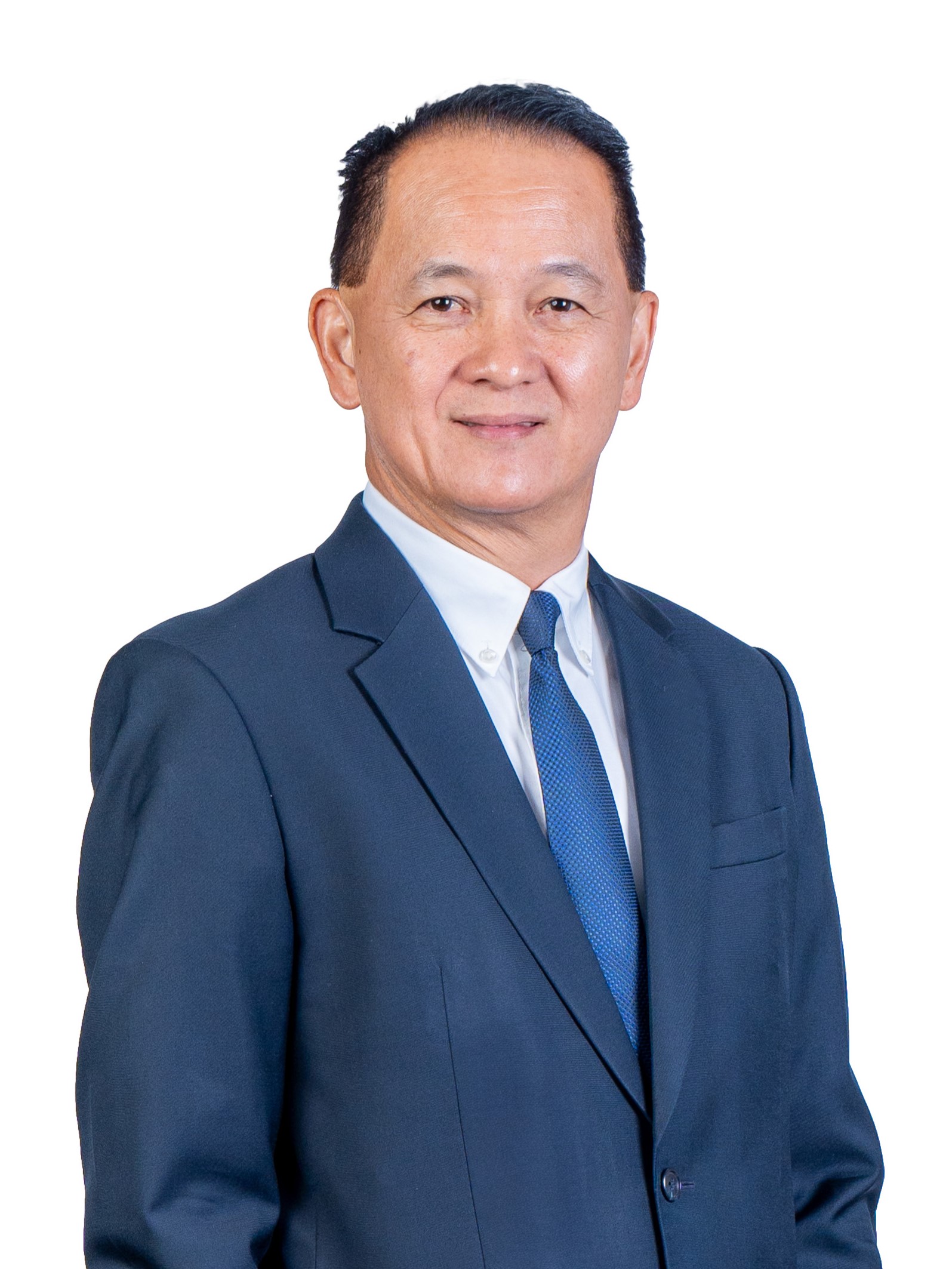Digital Diagnostics: Embracing 5G For Transformative Healthcare Outcomes in Malaysia

For Bryan Lin, the advancement of technology brings exciting prospects for healthcare in Malaysia.
He asks: “Have you seen Star Wars? Do you remember the scene where Princess Leia appears as a hologram?”
Now imagine going to the hospital for a scan like an MRI and seeing the doctor project the result as a 3D hologram into the air. Lin says the doctor can rotate and examine the scan from every angle – presenting a clearer view to patients about possible health conditions or medical procedures.
“Unlike current flat or static visuals, I see immersive projections as having the potential to reduce fear and offer more clarity to patients who may develop a better understanding of certain procedures,” he adds.
For surgeons, Lin says they can also superimpose holographic images directly onto patient’s bodies for improved precision in the operating room.
As Malaysia expands its 5G network, Lin – who is the CEO of Subang Jaya Medical Centre – believes that there is more potential now for advanced tech to be adopted locally for the benefit of healthcare. He says with faster speeds and near-instant connectivity, 5G can support complex technologies like real-time holographic imaging.
“In a nutshell, 5G addresses the latency issue. Imagine being able to do things with faster connectivity – just think what that could mean for patient care,” he adds.
For example, Lin says 5G will allow hospitals to extend more care to remote areas.
“Speed and timeliness are crucial in a hospital setting but it’s not just about what happens within these walls,” he adds.
He points to SJMC’s involvement in the Global Surgery Initiative, where a team was sent to Kuching and Miri in Sarawak in 2023 to assist with more than 50 procedures for underserved patients. Lin hopes that with 5G connectivity enabling remote procedures in the future, they’ll be able to reach and treat even more patients in hard-to-access areas.
“With 5G’s ability to minimise latency, we could eventually perform surgeries remotely using robotic equipment. Imagine a surgeon in Europe operating on a patient in Malaysia, while a team here manages the robotic arms on-site. With stable, high-speed connectivity, that’s entirely possible,” he says.

For 5G-enabled healthcare to flourish in Malaysia, Lin says there is a need to improve infrastructure from end to end.
Right tech, right now
Lin shares that current tech-driven measures is already doing wonders for patients. In 2022, he says that the Covid-19 pandemic accelerated the adoption for telemedicine where patients can seek medical care and consultations remotely.
“We launched TeleConnect in 2022 – a 24-hour hotline that allows anyone to speak with trained medical professionals for advice on various ailments, and even receive recommendations on when to seek in-person care,” he says.
He adds that the initiative supports better management of non-communicable diseases (NCDs) while helping patients experience more seamless care with less need for travel and lower associated costs.
In 2023, Lin says that SJMC introduced SeniorConnect, a remote care patient monitoring service for elderly patients where they will receive a kit with various medical devices such as pulse oximeter and blood glucose monitor. The kit also comes with a WiFi modem.
“Patients can take their vitals at home and the results are recorded on the clinician’s dashboard at the hospital. Then based on real-time data, nurses or doctors manning the command centre will be able to monitor the patient, predict possible outcomes and deliver urgent care when needed,” he adds.
The hospital is also adopting AI-driven tools to enhance diagnostics such as for chest X-ray and have also started performing knee replacement surgery with robotic-assistance since 2021.
“We are also progressing towards an Internet of Things (IoT)-enabled hospital by evolving manual processes to an integrated digital ecocystem. For example, we’ve transitioned from a paper-based system to a fully digital PACS (Picture Archiving and Communication system) and laboratory system,” he says, adding various initial measures will enable them to eventually progress towards becoming a Smart Hospital.
As the implementation of 5G is still in the early stages in Malaysian hospitals, Lin says they will closely monitor industry development.
He also stresses that the adoption of technology should be assessed carefully in terms of cost so it doesn’t end up burdening patients or consumers.
“There’s a fine balance between cost and outcome and even with 5G, we must be certain that the speed and latency are sufficient for adoption,” he says.
For 5G-enabled healthcare to flourish in Malaysia, Lin says there is a need to improve infrastructure from end to end.
“For advanced healthcare technologies to truly work, both the hospital and the receiving end – whether it’s a rural clinic or a patient’s home – need access to 5G and the right infrastructure. It’s not enough for just one side to be connected. Everyone in the care chain needs to be on the same network for the system to work effectively.”
He also hopes to see policymakers address the need to support digital transformation, believing that it also has the potential to reduce healthcare costs.
“Laws need to be updated to enable faster adoption rates. Key players in this process are clinicians, and if the Medical Act is not revised to embrace change, clinicians will hesitate to adopt new practices,” he says.
He adds that the Medical Act 1971, a legislation that governs the registration and practice of medical professionals in Malaysia, hasn’t quite kept up with the pace of digital-driven healthcare. For example, a patient is required to see a doctor in-person first before they can receive telemedicine services.
“We must tread carefully, and the law must be there to help us embrace change wholeheartedly.
“I believe all parties should remember that we have the same ultimate aim and goal – to deliver quality care,” he concludes.
Source: The Star
